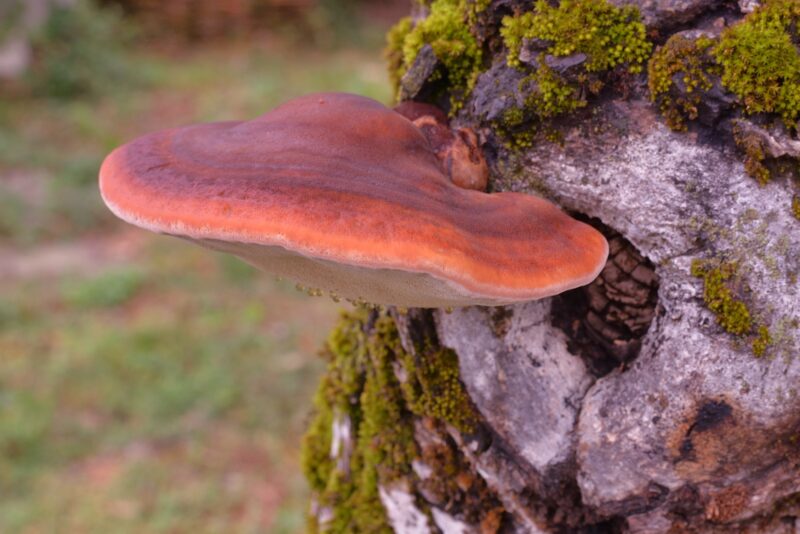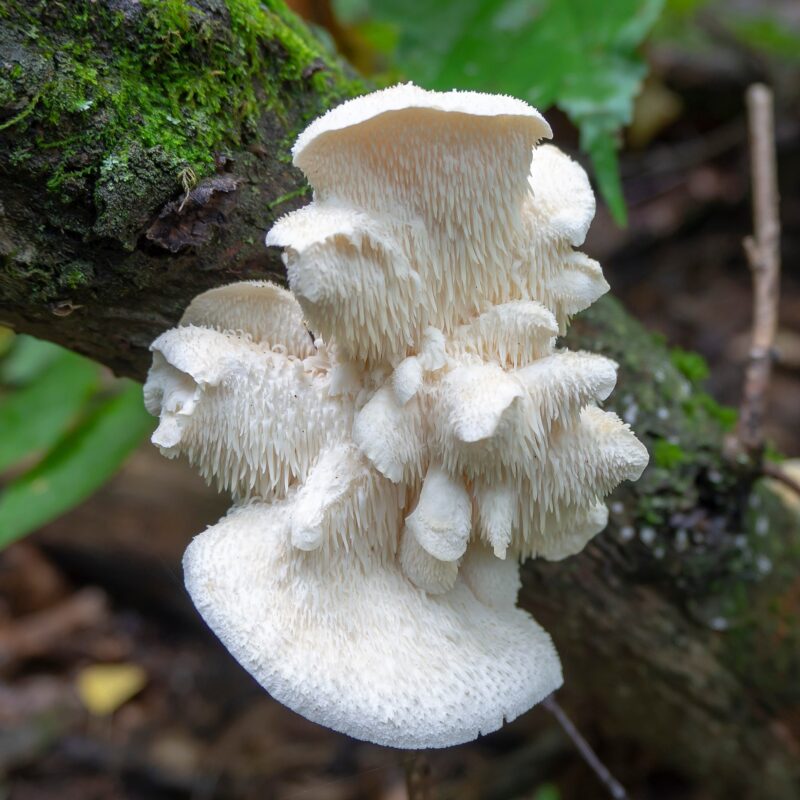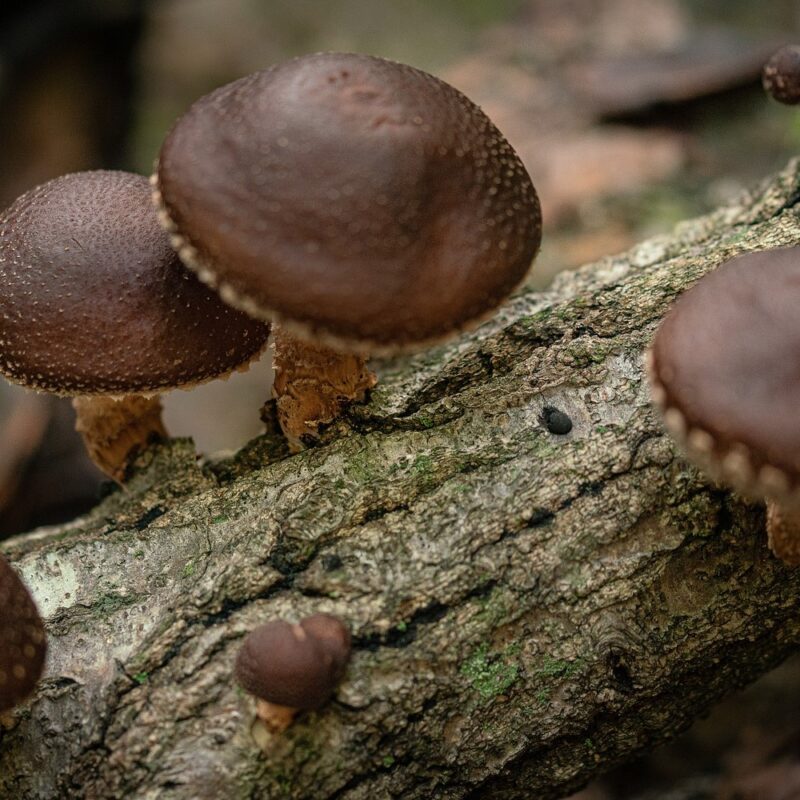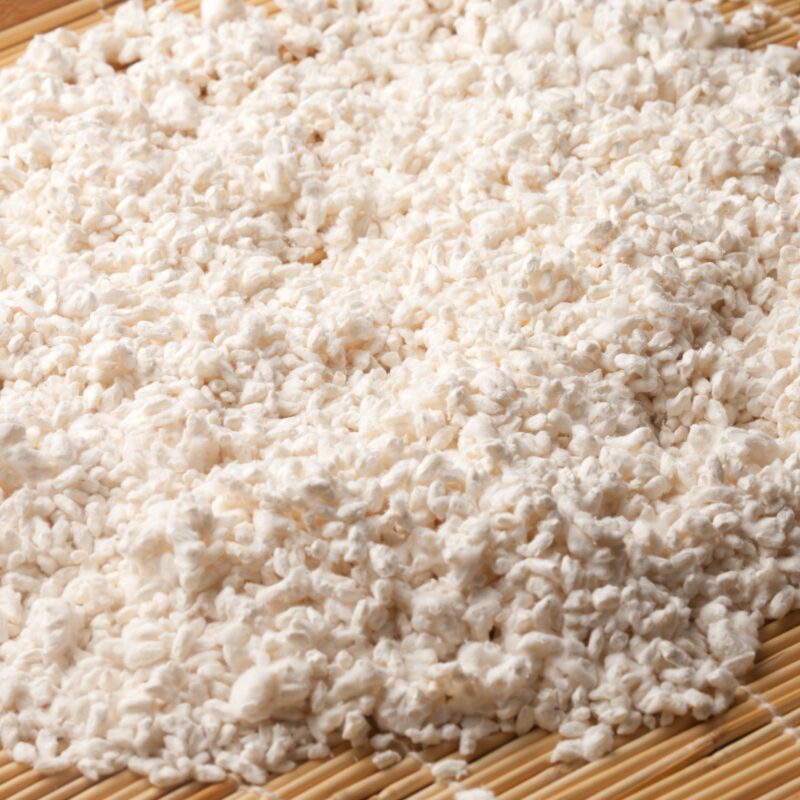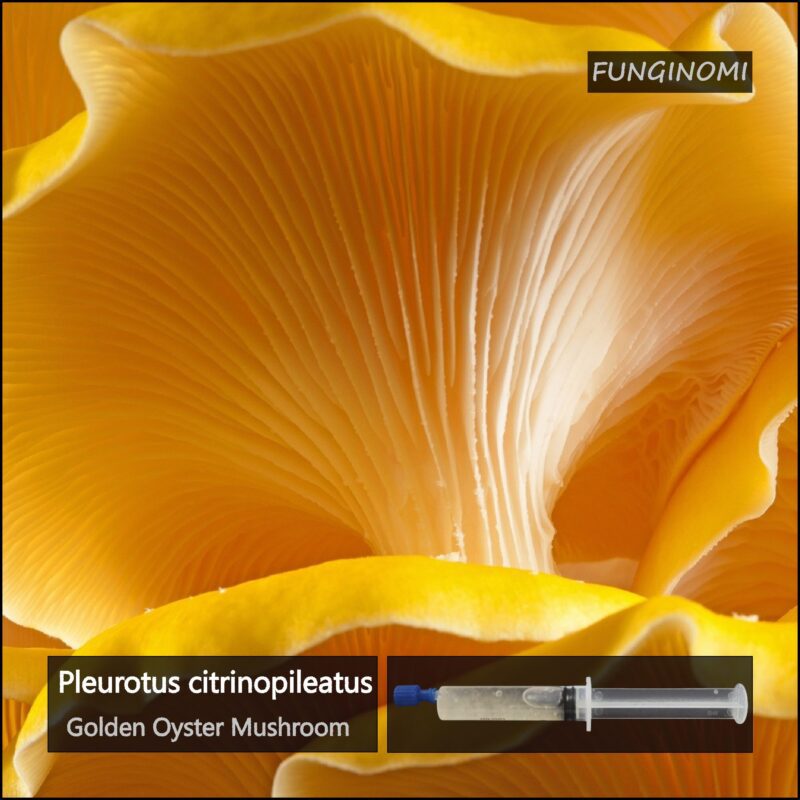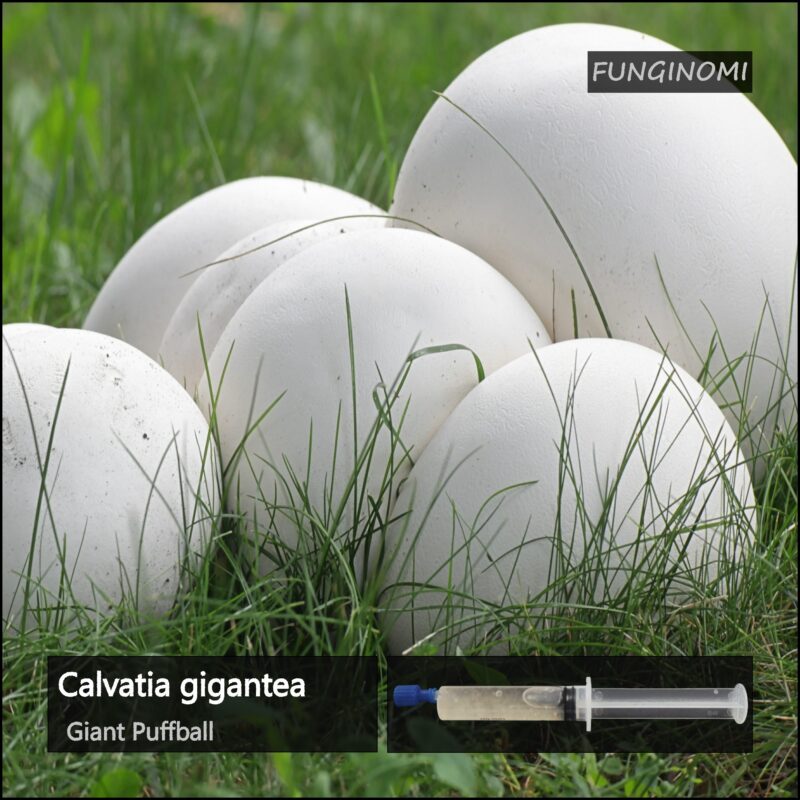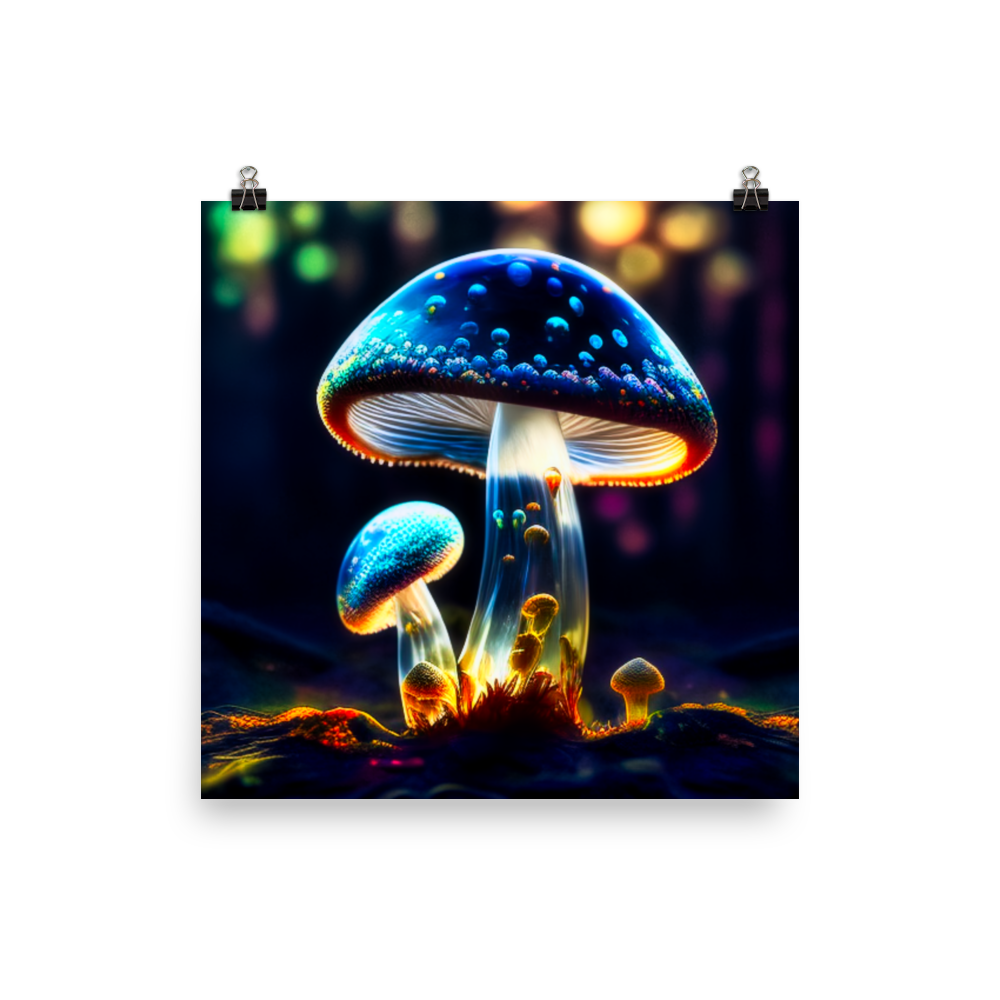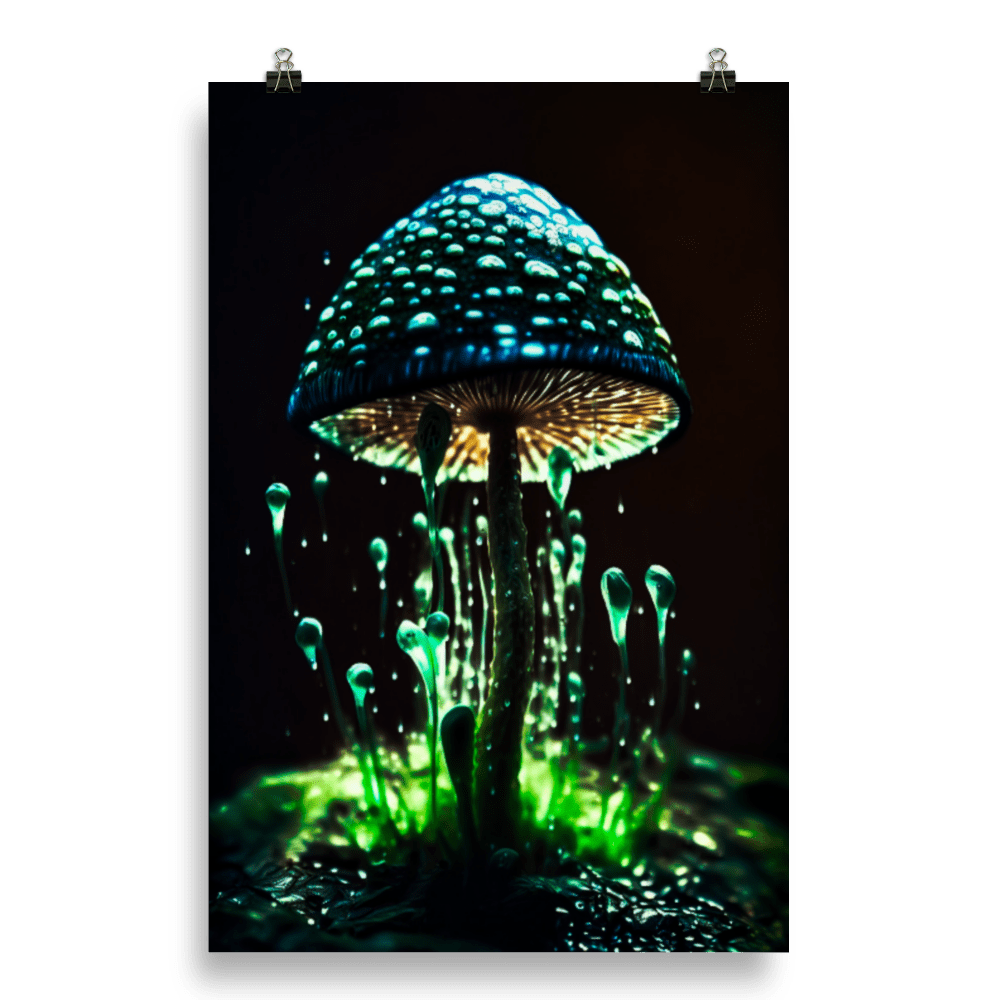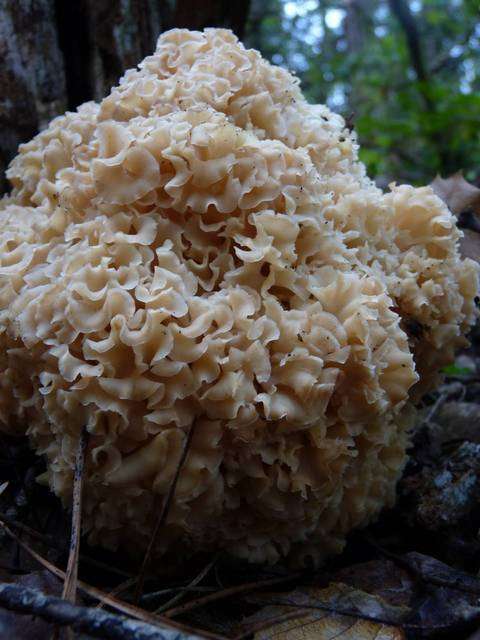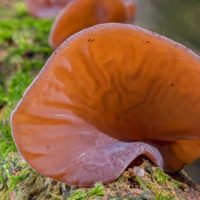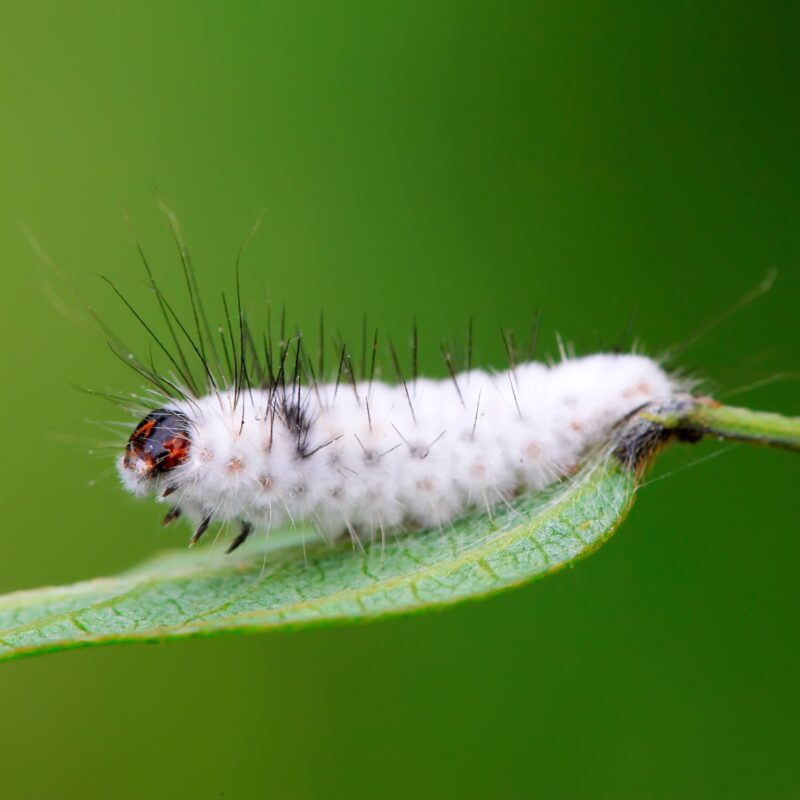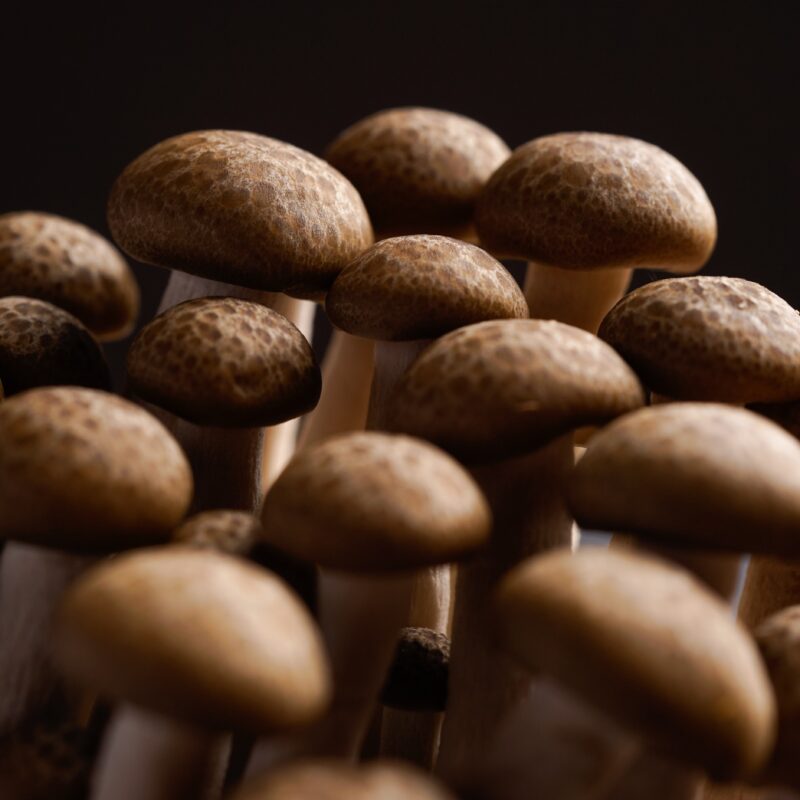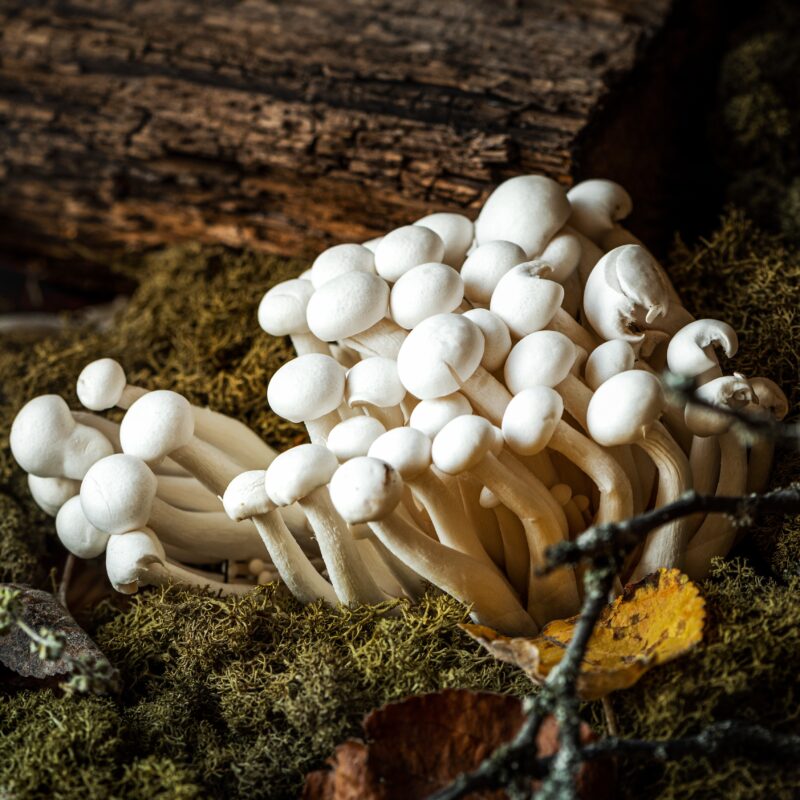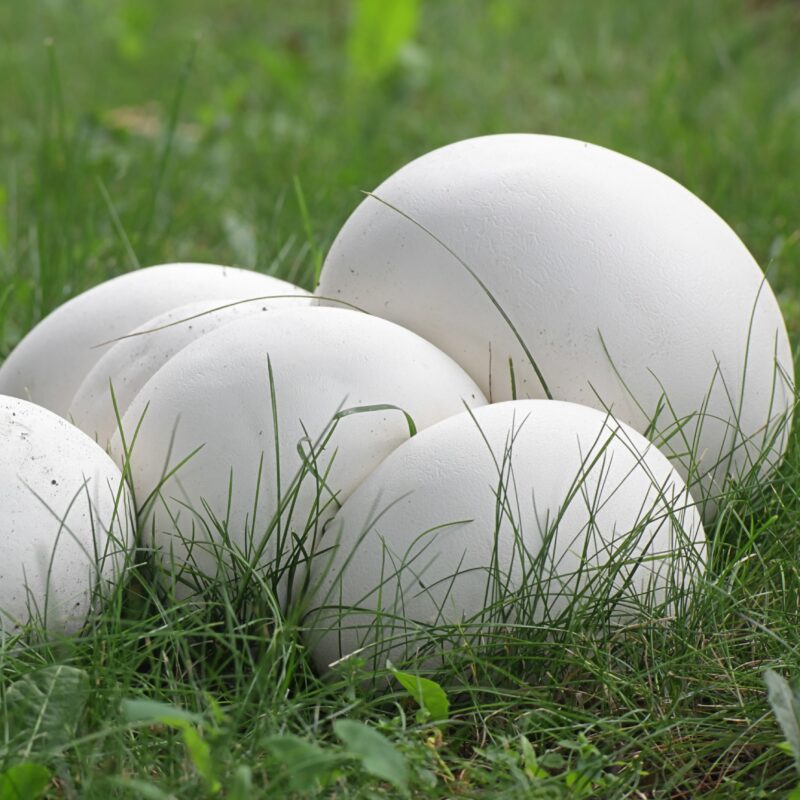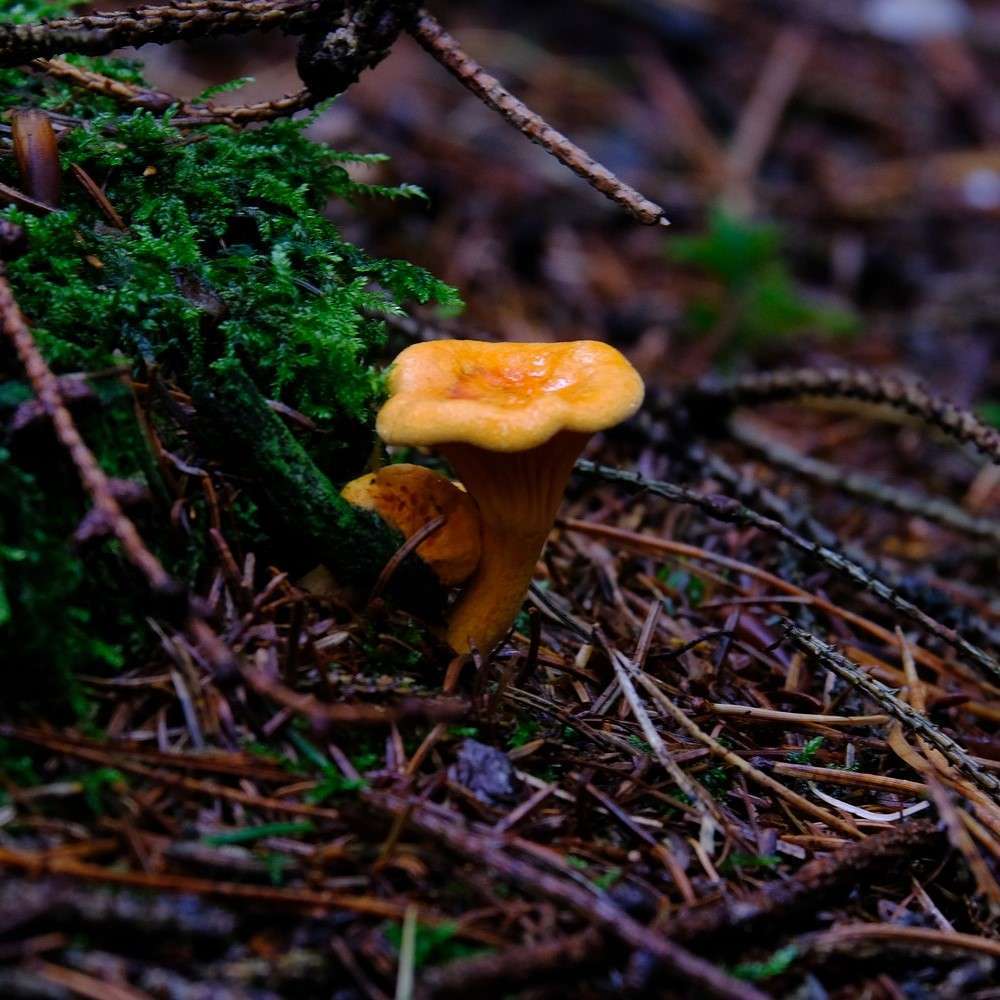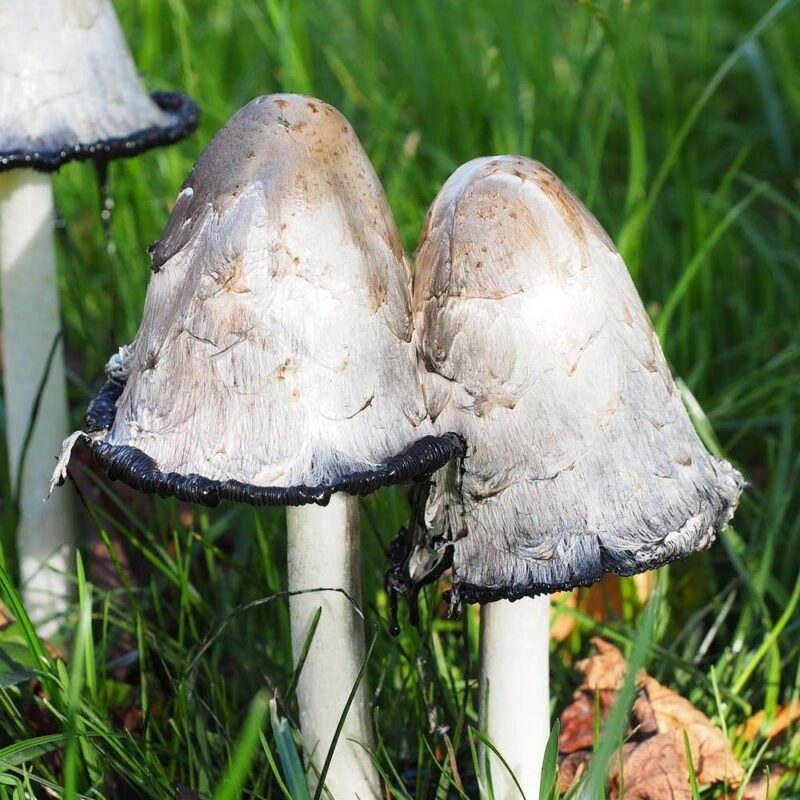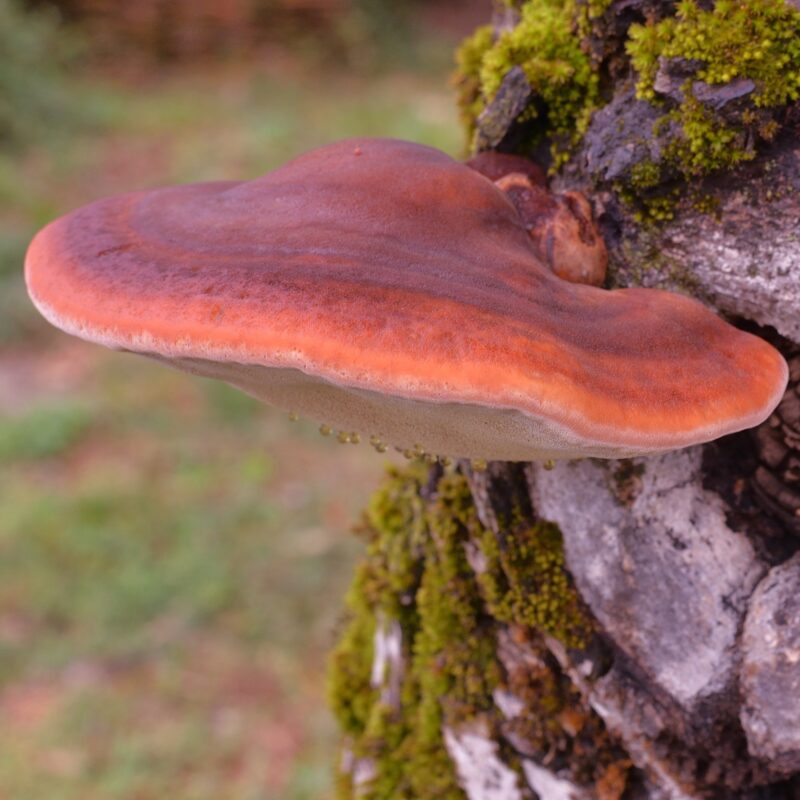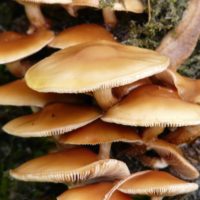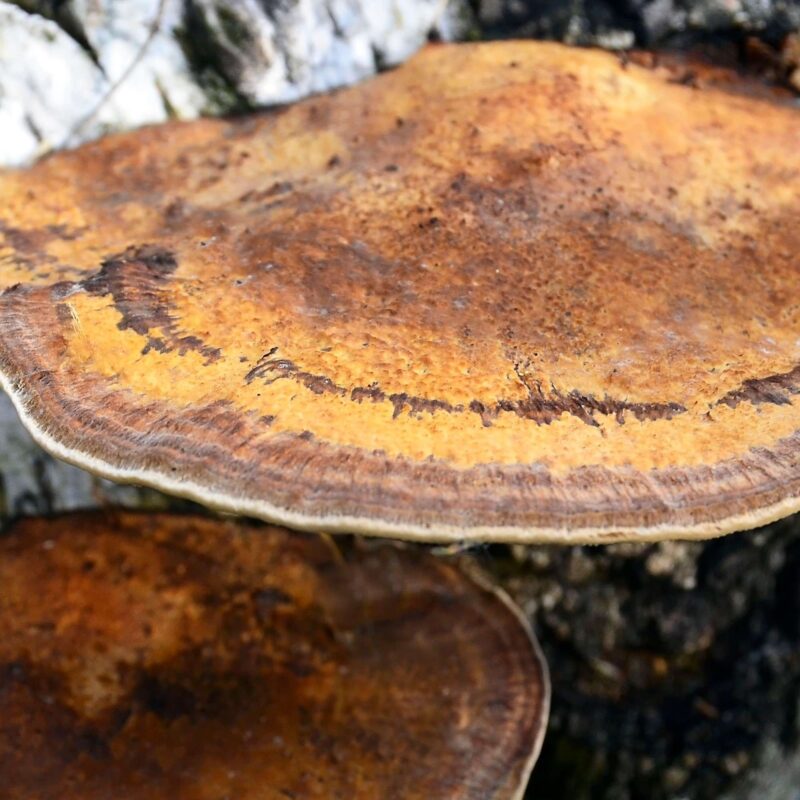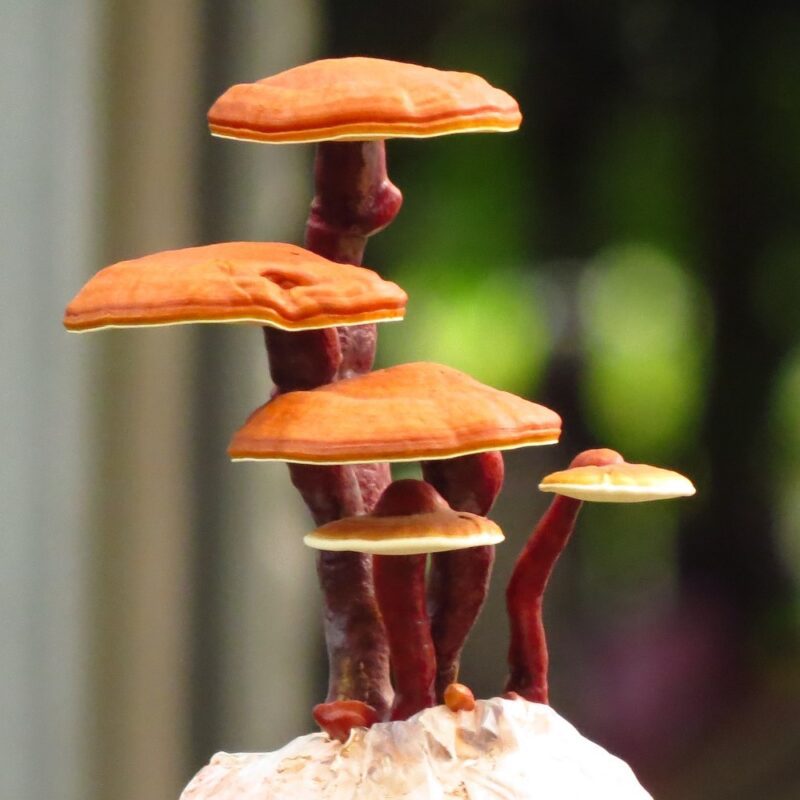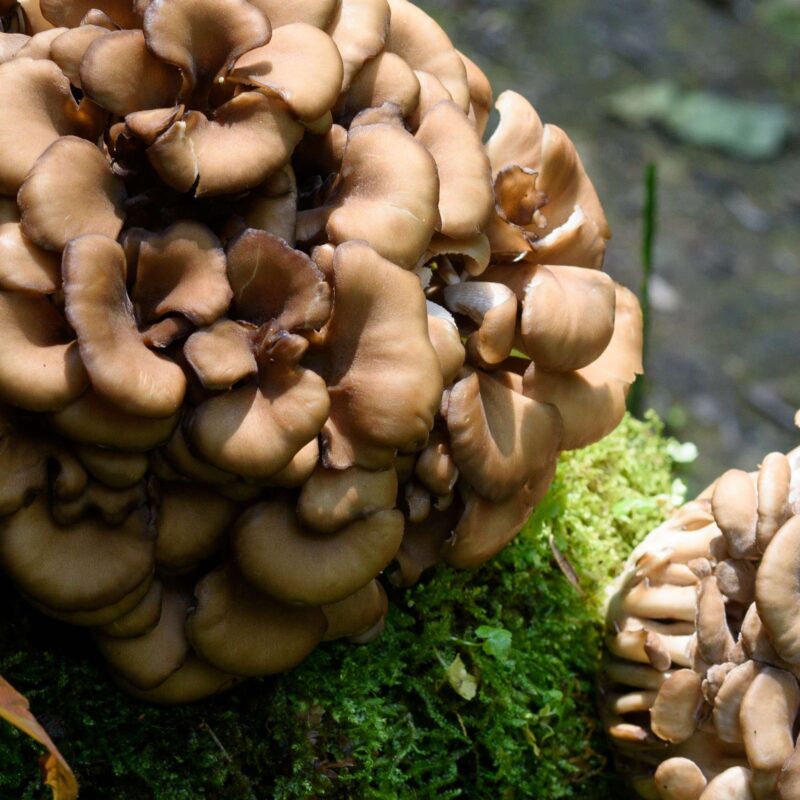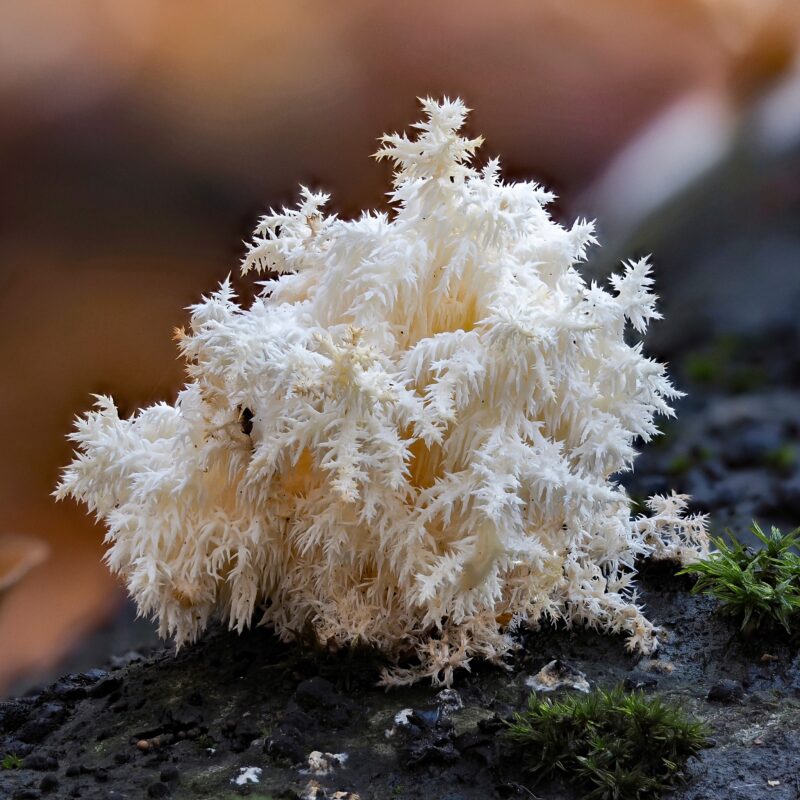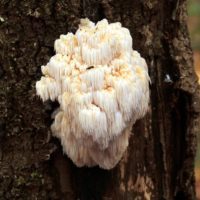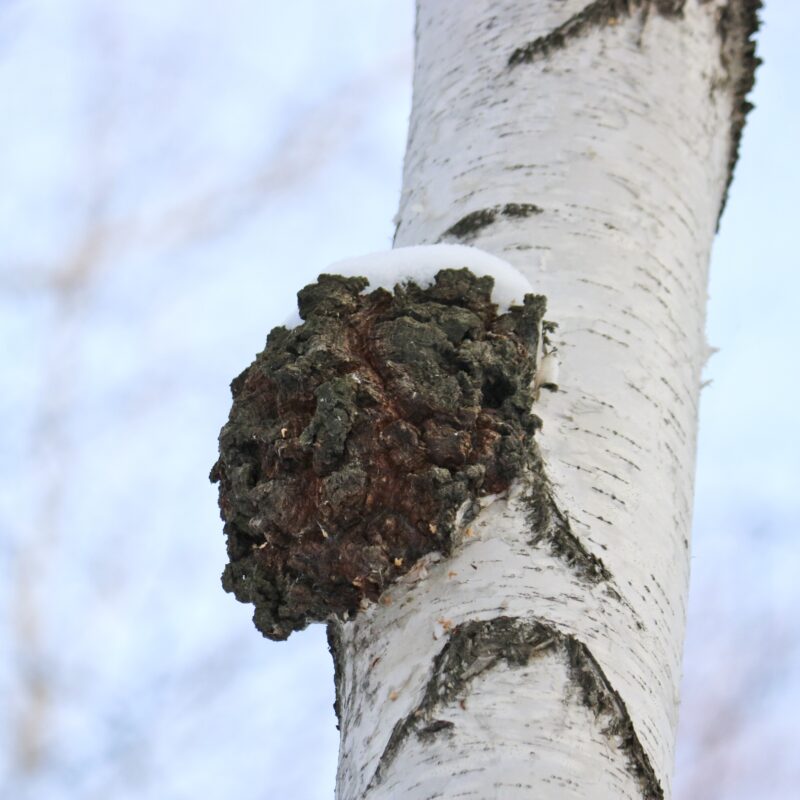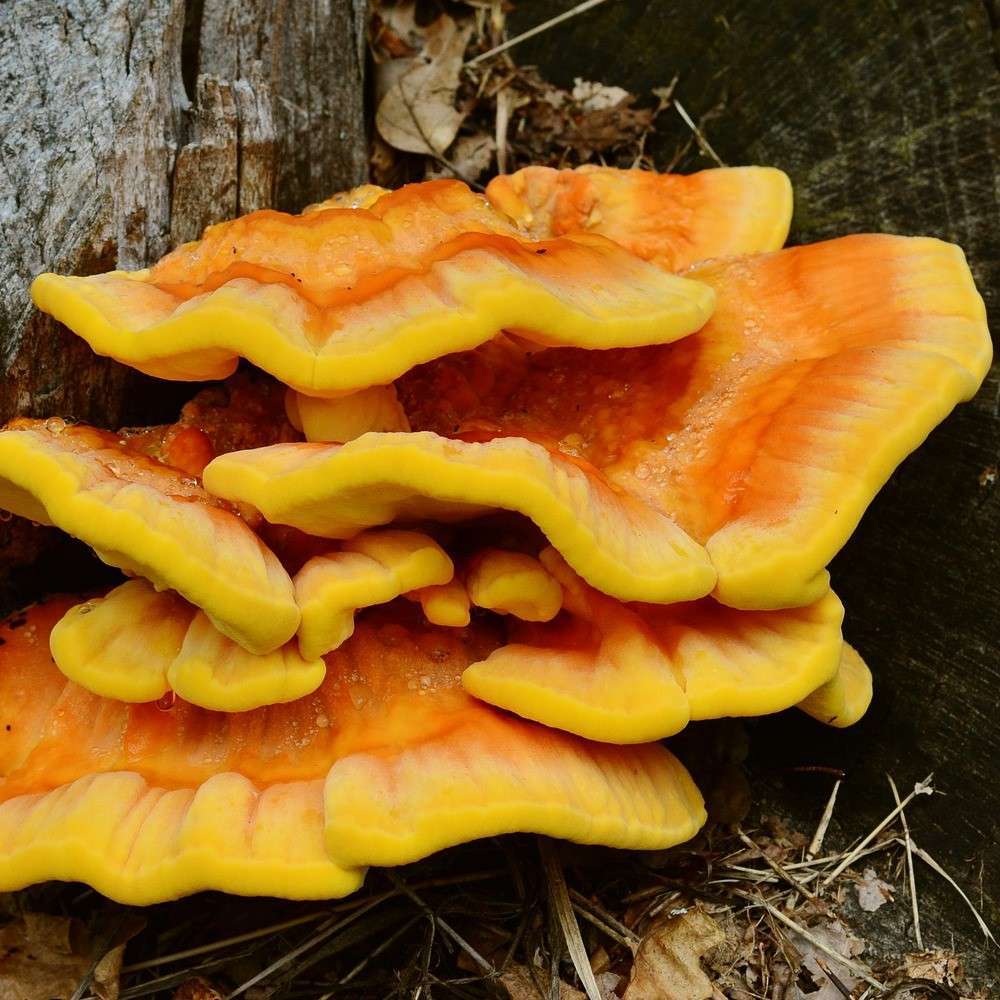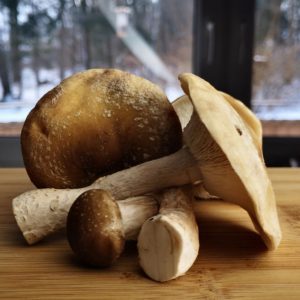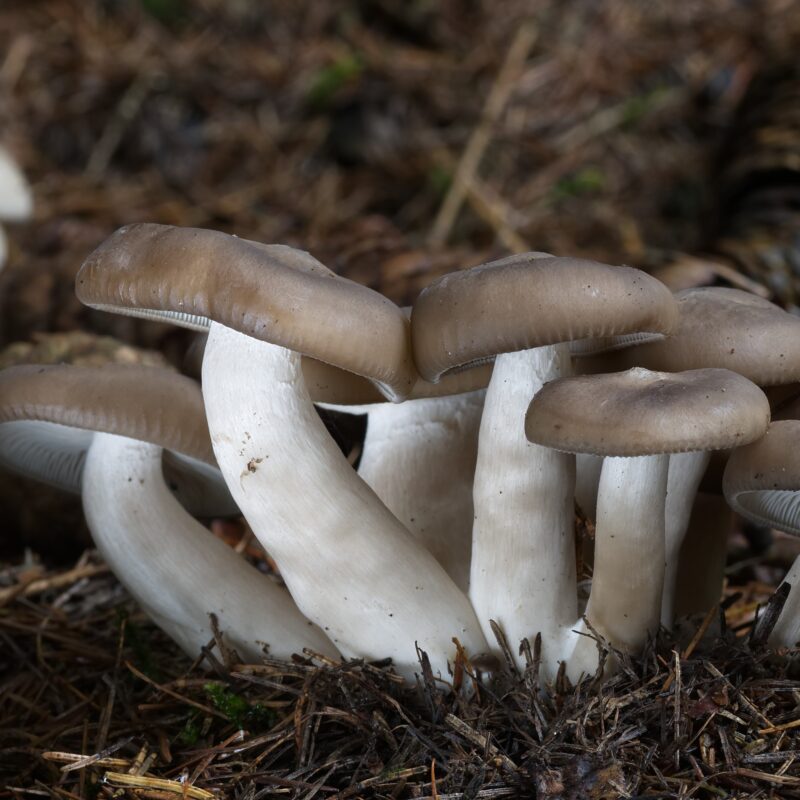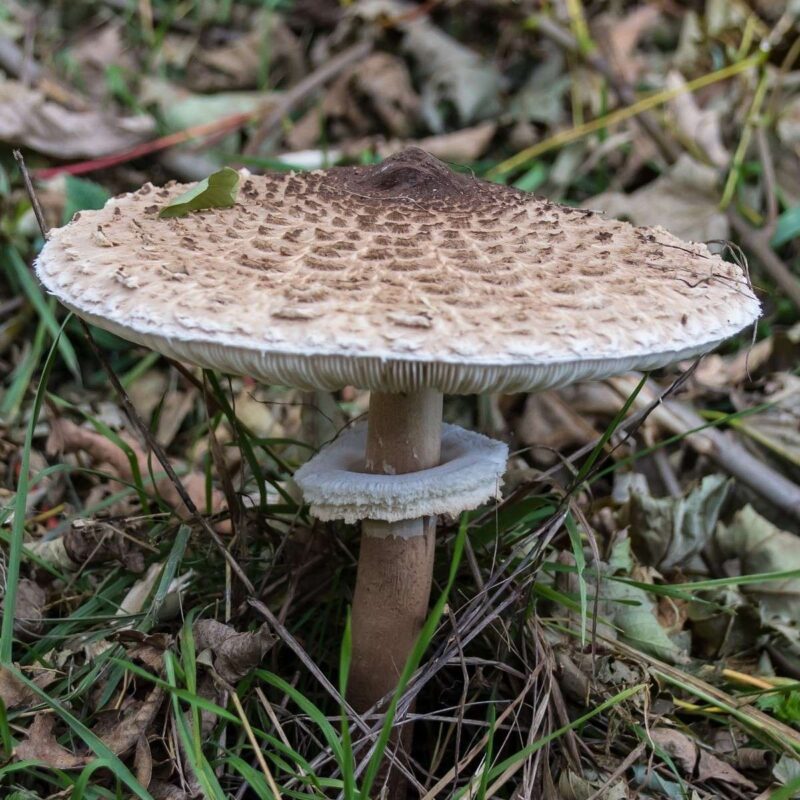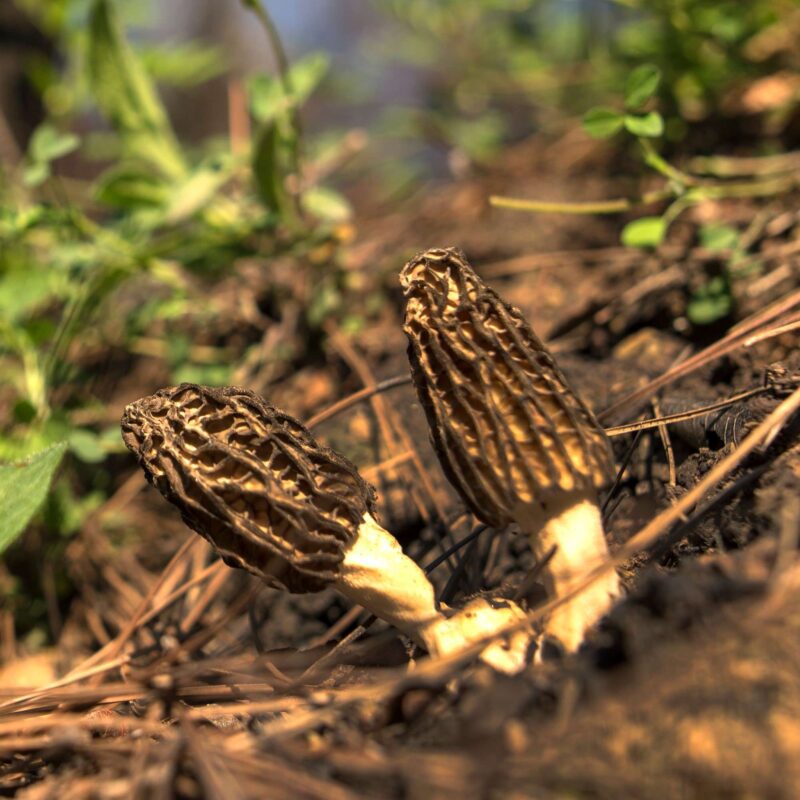Description
Properties
The Cauliflower Fungus (Sparassis crispa) is a parasitic species of fungus in the family Sparassidaceae, whose large ocher-yellowish fruiting body is edible and with its curly branches resembles a bath sponge.
Sparassis crispa fructifies at the base of trunks or on stumps of conifers, especially Scots pine. Sporadically it has also been found on other pine species, larch, spruce and Douglas fir. Fruiting body spurts may emerge several years in a row in almost the same location. The fungus can occur with its host trees on a wide variety of soil types, but these must not be too dry or too wet.
Fruiting bodies appear from July to December, with a distinct maximum in September and October.
A native large porling, common throughout Europe and the Northern Hemisphere. It is considered a dangerous forest pest that causes brown rot. However, when incultivated, it is not noticeable, the mycelium and spent substrates remain white. Sparassis crispa can change its parasitic way of life to saprobiontic and is therefore cultivable.
Especially in the extensive pine forests of eastern Germany, Sparassis crispan is for the foresters on the one hand an unpleasant tree-damager, but for mushroom pickers a common and much sought-after edible mushroom. The flesh is somewhat gristly when raw, the smell is nutty-aromatic and slightly resinous. When prepared, the Curly Hen is firm to the bite and tasty. It can be kept fresh in the refrigerator for a week or more, even when cut, and is also good in dried form for sauces. The cleaning of the fruit body from soil residues and needles is somewhat complicated. But if you immerse it briefly in boiling water, it becomes elastic and is easier to rinse under running water. Alternatively, you can cut the fruiting body into two to three centimeter thick slices and place them in the water. This makes it easier to remove unwanted material.
The Cauliflower Fungus penetrates into the heartwood of the tree via injuries to the roots or lower trunk area of the tree. There, it causes intense brown rot (lignin is not broken down) up to a low height, with an odor similar to that of turpentine. The fungus can also live saprobiontically in stumps for several years and from there infest new host woody plants.
1. Growing
Growing Procedure
Bag or jar cultures are possible with Sparassis crispa. There are also reports of successful stem inoculations or precultures buried in the forest soil.
Simple pasteurized substrates will hardly work for indoor cultivation, as the fungus grows in relatively slowly.
For this reason, only fully sterilized substrates should be used. Breeding successes confirm that the fungus needs a special substrate, which consists mainly of pre-treated pine shavings. However, breeding is also successful on sterilized stem sections, as can be seen from successes in the USA.
Some successful growers first expose their substrate to fermentation to make it easier for Sparassis crispa to break down the otherwise very resinous pine. Therefore, resin-free coniferous pet litter may be a good alternative.
Aim for only single fruiting bodies on the substrate, better leave only a few fruiting windows for the culture instead of exposing it to large areas.
Growing
Agar Culture Media: MEA
Cropping:
Containers for fruiting:
Biological efficience:
Substrates:
S
|
P
|
F
|
|
|---|---|---|---|
Temp °C |
18-23 | 17-20 | 18-23 |
Relative Humidity % |
90-100 | 85-95 | 90-95 |
Duration d |
50-55 | 7-14 | 7-14 |
CO2 ppm |
>10000 | 0,3% | |
FAE per h |
0-1 | ||
Light lux |
– | 250-300 | 800-1000 |
Affiliate Partner
Natural Habitat
Sparassis crispa has a meridional to temperate distribution in the Holarctic. It is found in Asia, North America, North Africa and Europe. In Europe, the fungus prefers the warmth-favored regions and is thus found mainly in southern, southeastern, western and central Europe. To the north, the distribution reaches northern Scotland and the southern coastal regions of Scandinavia, especially Sweden.
Root network of pine trees, less frequently in other conifers such as spruce, from summer to late autumn.
Growing Characteristics
Parasitic and/or saprophytic
2. Identification
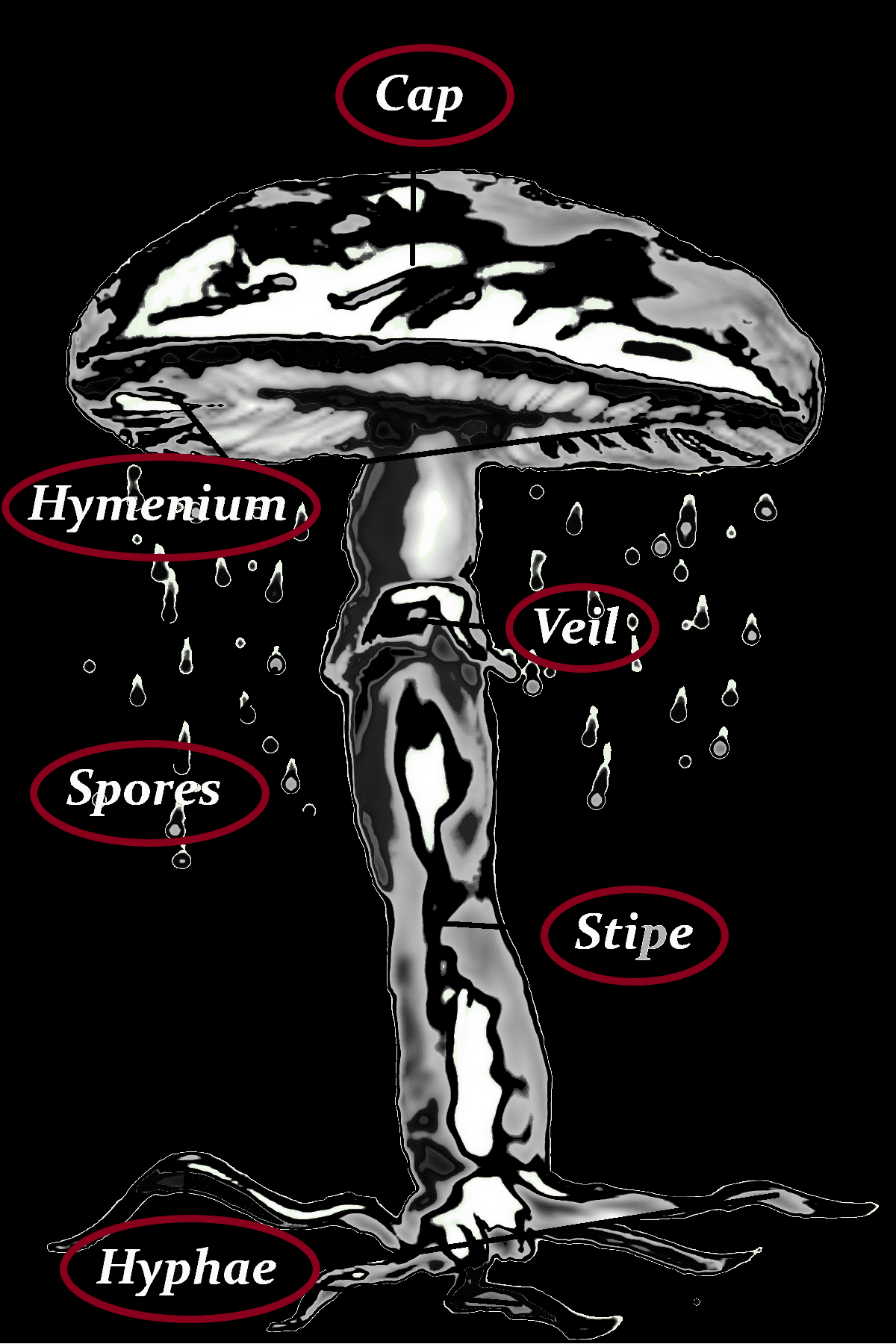
Cap
-6-30 (50) cm Ø
-whitish-yellowish
-elastic
-hard
-brittle
-rubbery
Hymenium
–
Veil
–
Stipe
-whitish stem
-growing at the base of the root system of a tree
Hyphae
–
Spores
-colorless
-white
-5-6 x 4-5 µm
-elliptic
-smooth
Danger of confusion
Breitblättrige Glucke, Gluckenbecherling, Ästiger Stachelbart, Gelbe Koralle, Goldgelbe Koralle, Weinbraunverfärbende Koralle, Tannenstachelbart, Bauchwehkoralle, Eichhase, Klapperschwamm
3. Consuming
Gourmet
Popular among gourmets as a sauce mushroom, but cleaning a wild find can take hours. Sparassis crispa do well with cream. The nutty and strong mushroom flavor with a hint of nutmeg does not tolerate over-seasoning or too much concentration.
Flesh
white to light yellow, elastic, hard, rubbery, brittle, marble-like when young
Taste
mild, bitter with age.
Smell
pleasantly aromatic
Nutritional content
.
4. Data med, edible
other names
| Chinesisch (vereinfacht) | 绣球菌 |
| Deutsch | Krause Glucke |
| Dänisch | Blomkålssvamp |
| Englisch | Cauliflower Fungus |
| Estnisch | kährikseen |
| Finnisch | kurttusieni |
| Französisch | Clavaire crépue |
| Französisch | Morille des pins |
| Französisch | Sparassis crépu |
| Galizisch | Repolo do monte |
| Japanisch | ハナビラタケ |
| Litauisch | Kopūstgalvis raukšlius |
| Niederländisch | Grote sponszwam |
| Norwegisch | blomkålsopp |
| Polnisch | Siedzuń sosnowy |
| Russisch | Грибная капуста |
| Russisch | Спарассис курчавый |
| Schwedisch | blomkålssvamp |
| Spanisch | Hongo coliflor |
| Tschechisch | kotrč kadeřavý |
| Ungarisch | Fodros káposztagomba |
| Wissenschaftl. Name | Clavaria crispa |
| Wissenschaftl. Name | Sparassis crispa |
| Wissenschaftl. Name | Sparassis crispa crispa |
other names
Sparassis Crispa, Sparassis Radicata, Masseeola Crispa, Clavaria Crispa, Krause GluckeFette Henne, Bärenschädel, Ziegenbart, Riesenmorchel, Faisterling, Krauser Ziegenbart, Morchel-Bockpilz, Pilzkönig, Echte Krause-Glucke, Blumenkohlpilz, Feisterling, Feistling, Judenbart, Echter Ziegenbart, Bärentatze, Echte Holzhühner
| Kingdom | Fungi |
|---|
| Division | Basidiomycota |
| Class | Agaricomycetes |
| Order | Polyporales |
| Family | Sparassidaceae |
| Genus | Sparassis |
| Species | S. crispa |
| Ecology | Saprotrophic |



